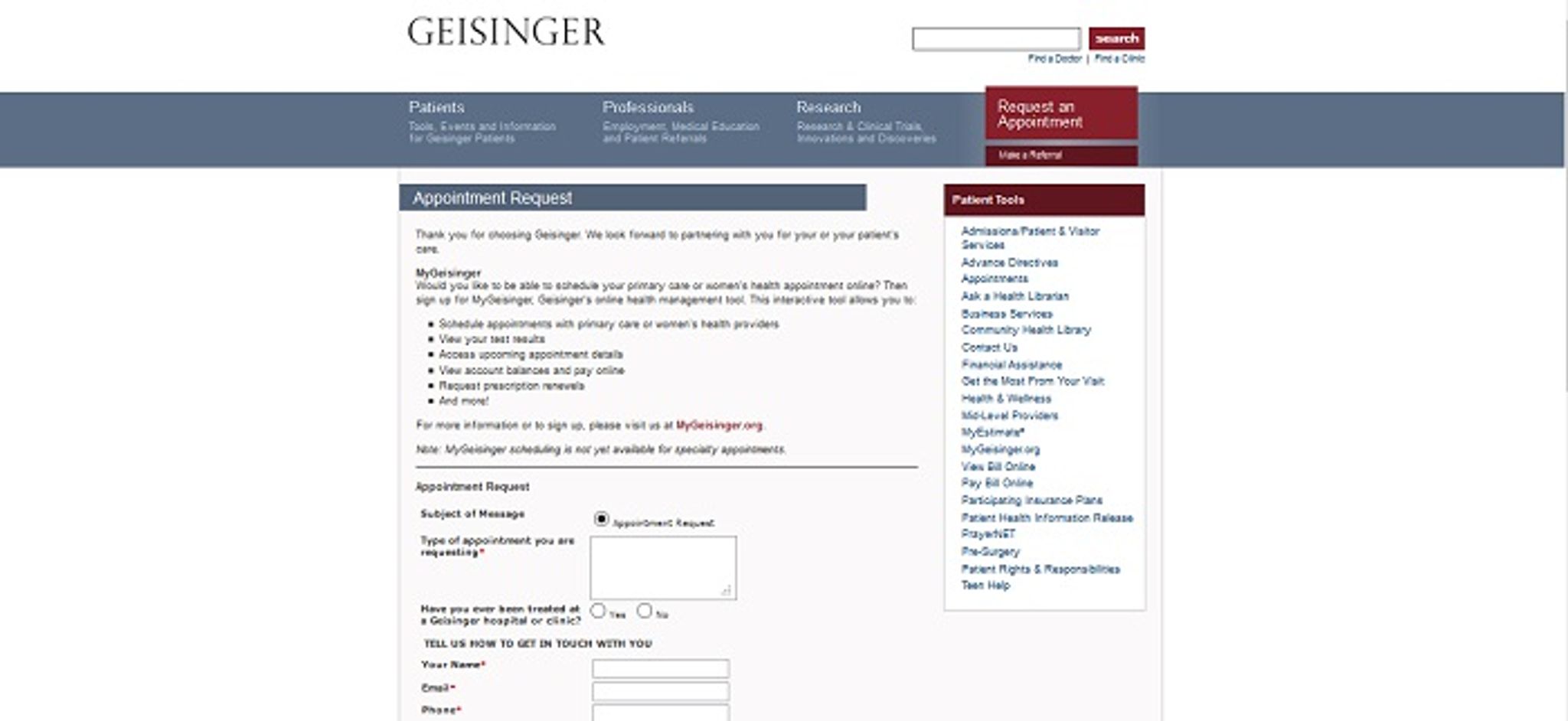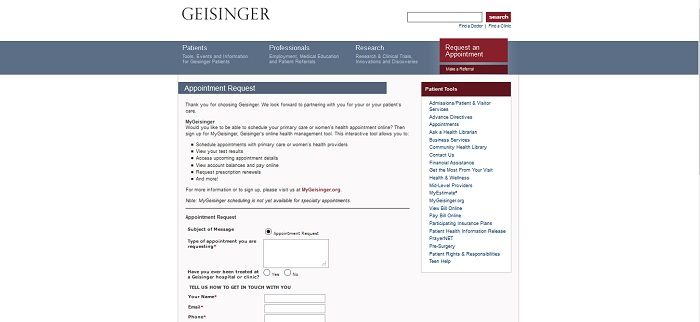What Makes a CMS a Good Fit for the Healthcare Industry and Why?

The recent shortcomings of the healthcare.gov website may have put health information management (HIM) in the United States in a particularly uncomfortable spotlight – but the truth is, managing content for the vast and vital systems that the healthcare industry requires is a constant and enormous challenge everywhere across the globe.
Industrialized nations worldwide have legislated a myriad of regulations to help ensure that healthcare records be confidential and private, while at the same time ensuring their availability for those who need access for the sake of patients' health and lives.
Such legislation includes Canada's PIPEDA (Personal Information Protection and Electronic Documents Act), the European Union's Data Protection Directive, and Japan's Personal Information Protection Act (JPIPA), among others.
Technology increases our ability to make the goals of ready and secure access to information a reality for hospitals, physician groups and health plans; at the same time, however, without the right systems in place, technology also puts medical record integrity and security at risk.

Technology Both Mitigates and Creates Risk
On the one hand, an enterprise content management (ECM) system such as Hyland's OnBase can eliminate the security risk posed by old-fashioned document-shredding, allowing medical professionals to instead assign automatic expiration dates for information deletion.
On the other hand, the very existence of ubiquitous computing (via smartphones, etc.) is what makes infamous medical record security breaches – like the case of the laptop that was stolen from the UK's Peterborough District Hospital – possible to begin with. It is for these reasons that healthcare information management guidelines worldwide recognize the benefits of a software system that ensures the ability to track the location of information, to monitor who accesses it (and when) through careful user authentication, and to encrypt data as needed while preventing data loss and fighting malware.
The right technology must also be accompanied by sufficient technical support, ensuring good user training and education, as well as proper system maintenance over time.
CMS' like Cascade Server and MedTouch, which is a Sitecore partner, emphasize the importance of customer service and support amidst challenging data migrations – and the ongoing challenge of compliance and adaptability to meet the needs of patients, as well as the challenges presented by evolving technology and regulations.
The Changing Landscape of Health Information Management in the United States
The market for strong healthcare CMS in the United States – where federal and state regulations regarding HIT (health information technology) are still being defined – has been an increasingly high-stakes endeavor ever since the time of the passage of the Health Insurance Portability and Accountability (HIPPA) Act and subsequent HITECH (Health Information Technology for Economic and Clinical Health) Act.
This act offers healthcare entities high incentive payments for Medicaid if they can demonstrate by 2016 that they have adopted – and are “meaningfully” using – EHRs (electronic health records) at an acceptable level. It also puts in place penalties, starting in 2015, for those who have not met this requirement. “Meaningful use” of a certified EHR includes the use of electronic prescriptions and the electronic exchange of health information – all with the aim of increasing the quality of patient care.
Therefore, a CMS with the flexibility to meet such demands is invaluable.
Communicating Across Software Systems & Across Organizations
The ability to communicate information about a single patient across various care facilities – in a way that is centralized, accurate, secure, and accessible to healthcare practitioners when they need it – is at the heart of what a CMS must be capable of doing in order to be useful for the healthcare industry.
To that end, a CMS like MediTech stresses that its system allows an electronic unified personal health record (PHR) to seamlessly follow each patient – from physicians' offices to ambulatory care centers, to behavioral health facilities and hospitals – all the way to home care organizations.
Interoperability is also a vital part of health information exchange (HIE); this means that the CMS in question can be used regardless of an organization’s existing software or affiliations. It also means a system is adaptable enough to handle mergers, ever-expanding care networks, and the implementation of shared models (such as Canadian health registries).
OpenText's and Lexmark's CMS both market the desirability of their paperless systems, which can digitize everything from medical imaging to prescriptions. Patient portals, such as Geisinger Health System's – powered by OpenText and pictured here – are just another part of what an excellent CMS for healthcare makes possible.
The benefits of effective and secure content management are many for the healthcare industry, but here's one more that hasn't even been mentioned: cost. It is estimated that old-fashioned methods of exchanging patient medical records can unnecessarily cost a single-clinician practice nearly $20,000 annually.
Therefore, investing in a CMS that is up to the challenge of handling the type (and amount) of information vital to good healthcare is a financially sound decision as well.